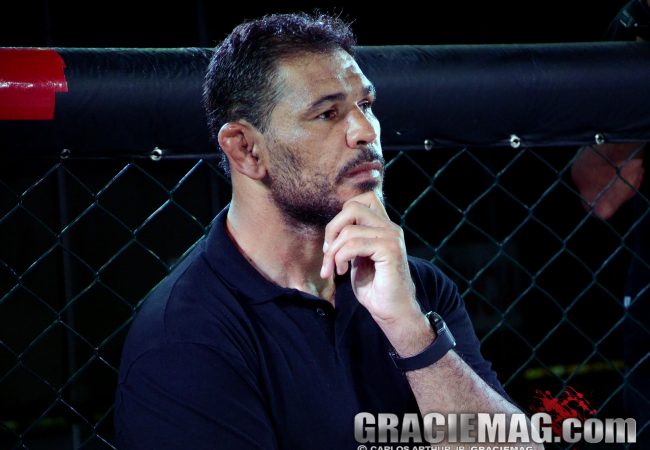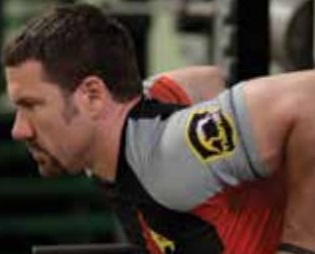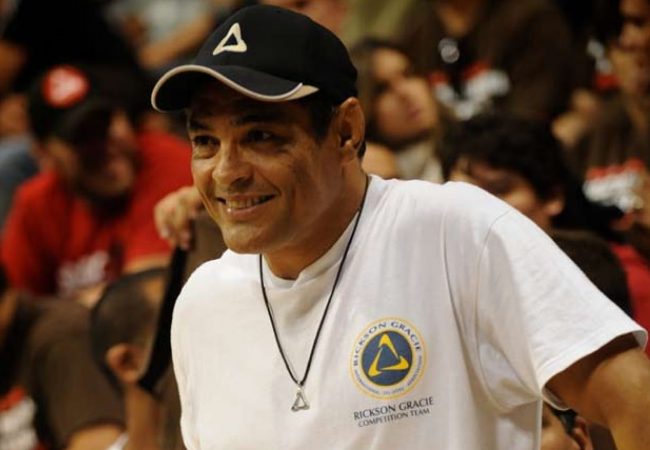[First published in 2009. Part of the Training for Warriors series, by Martin Rooney*]

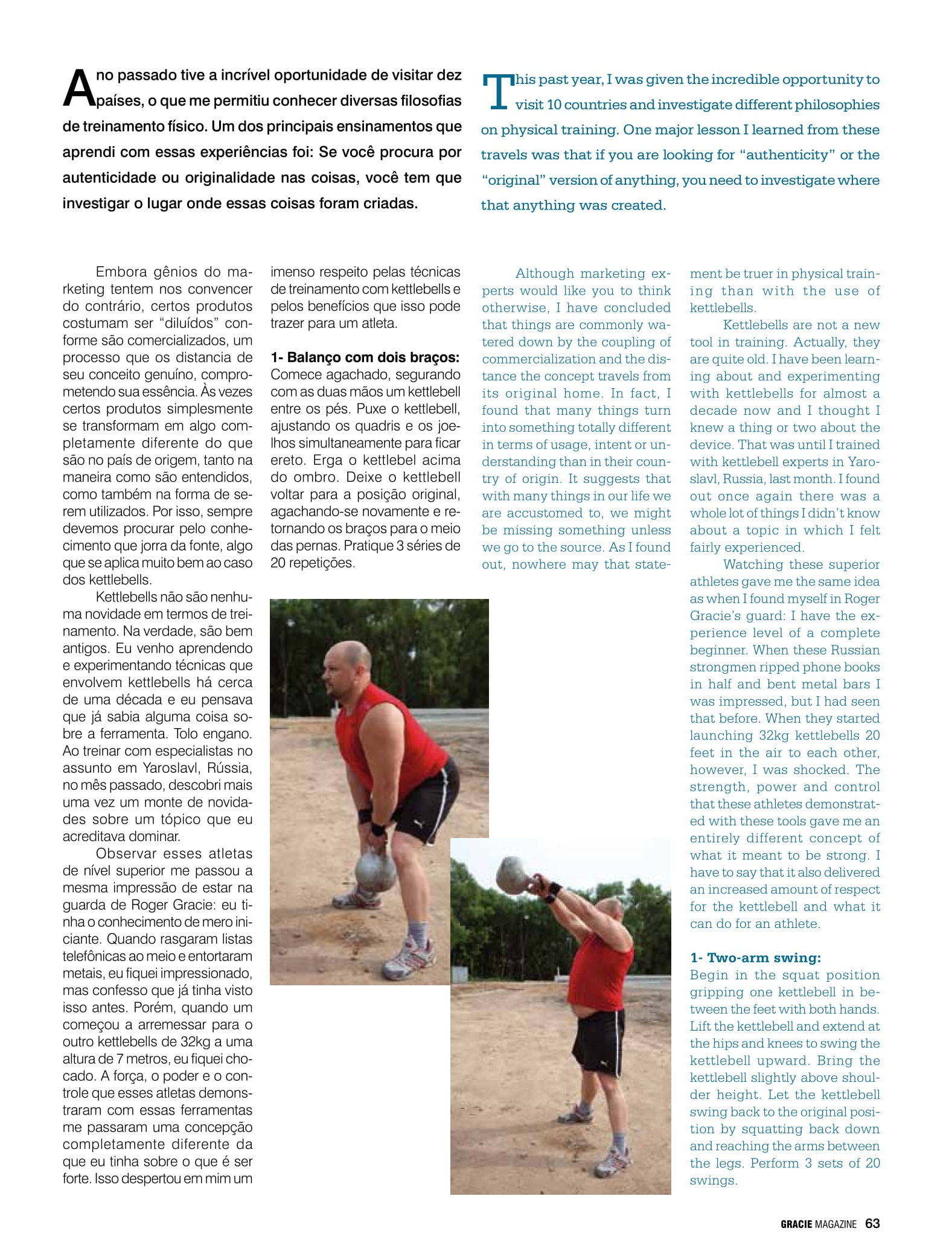
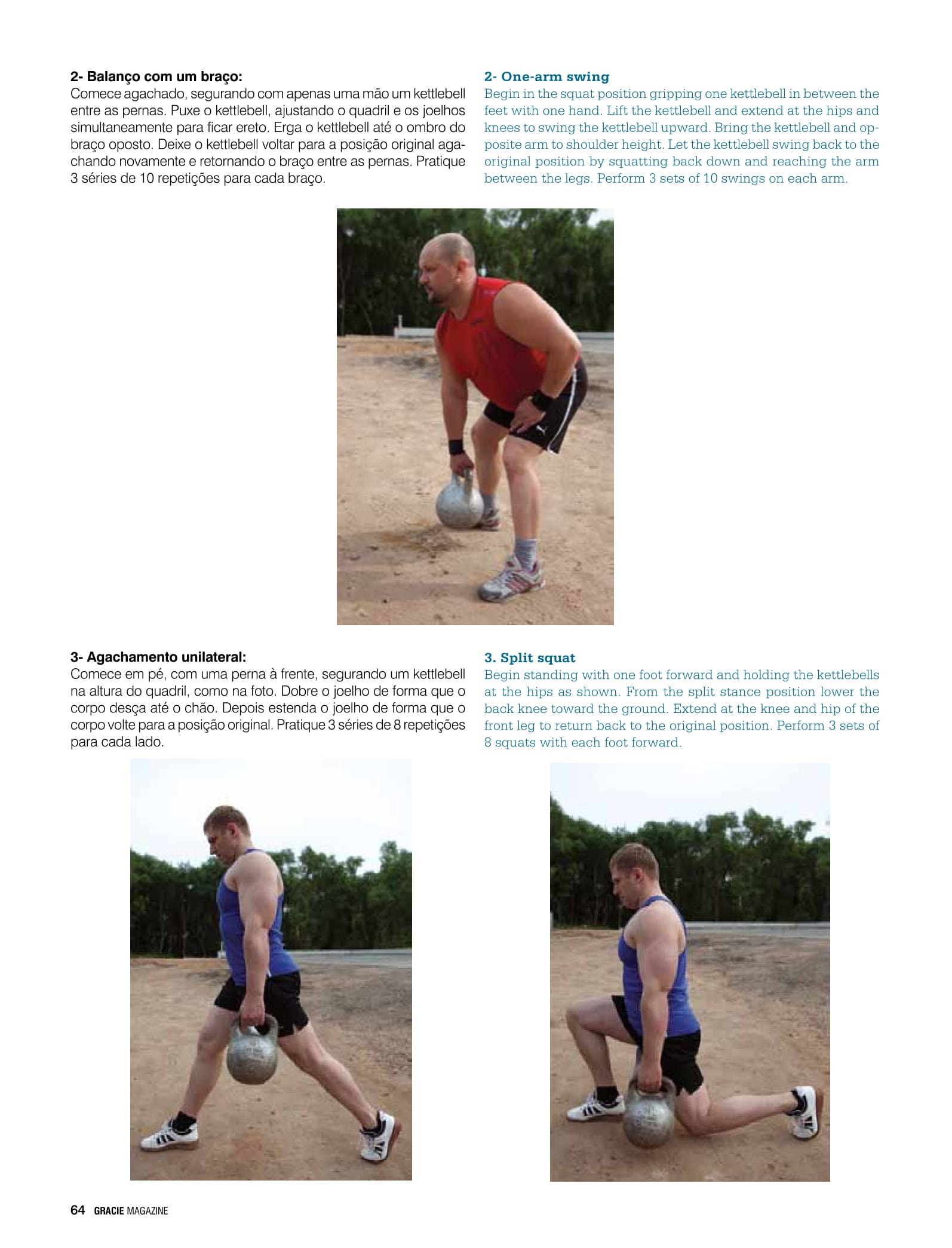
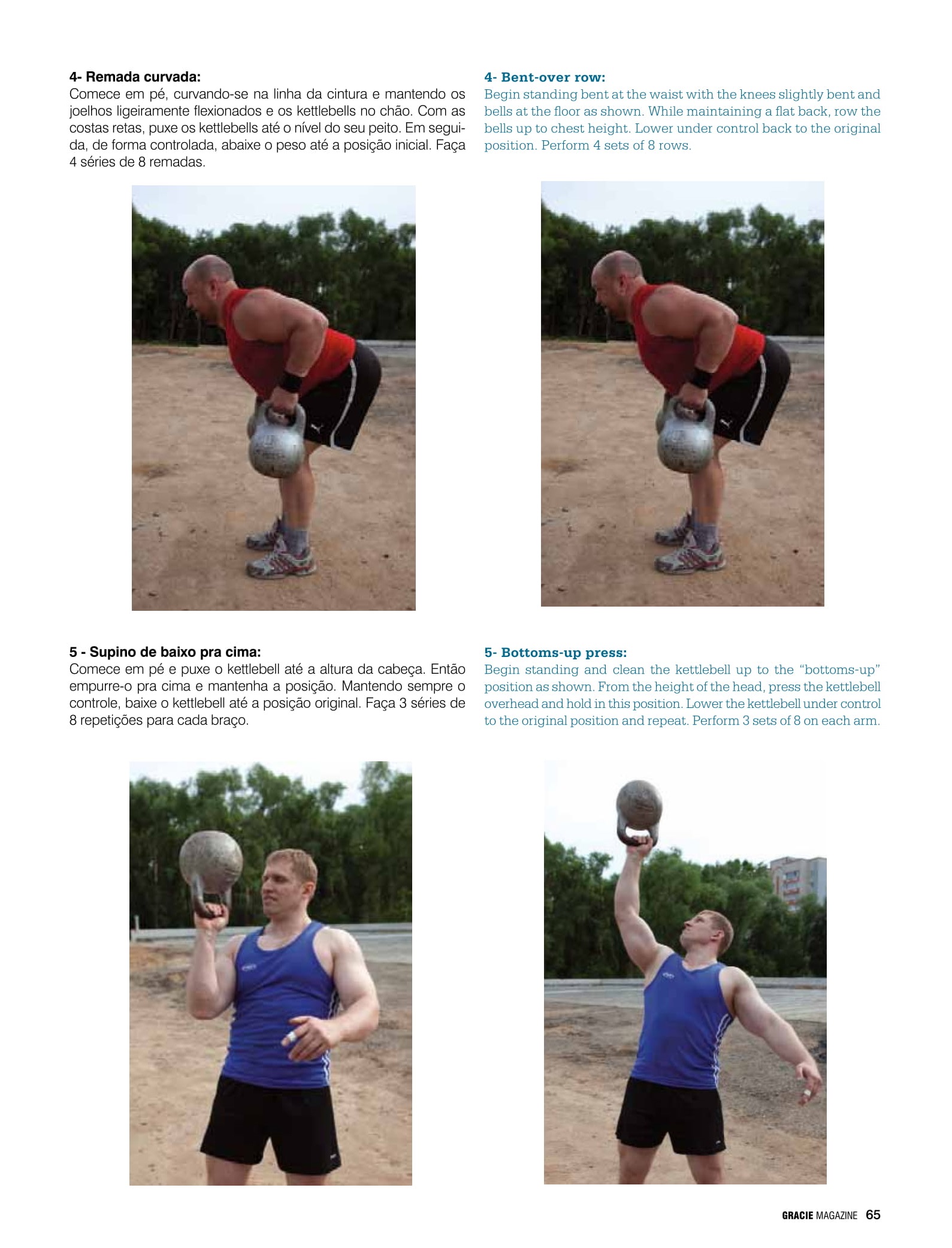

This past year, I was given the incredible opportunity to visit 10 different countries and investigate different philosophies on physical training. One major lesson I learned from these travels was that if you are looking for “authenticity” or the “original” version of anything, you need to investigate where that anything was created.
Although marketing experts would like you to think otherwise, I have concluded that things are commonly watered down by the coupling of commercialization and the distance the concept travels from its original home. In fact, I found that many things turn into something totally different in terms of usage, intent or understanding than in their country of origin. It suggests that with many things in our life we are accustomed to, we might be missing something unless we go to the source. As I found out, nowhere may that statement be more true in physical training than with the use of kettlebells.
Kettlebells are not a new tool in training. Actually, they are quite old. I have been learning about and experimenting with kettlebells for almost a decade now and I thought I knew a thing or two about the device. That was until I trained with kettlebell experts in Yaroslavl, Russia last month. I found out once again there was a whole lot of things I didn’t know about a topic in which I felt fairly experienced.
Watching these superior athletes gave me the same idea as when I found myself in Roger Gracie’s guard: I have the experience level of a complete beginner. When these Russian strongmen ripped phone books in half and bent metal bars I was impressed, but I had seen that before. When they started launching 32kg kettlebells 20 feet in the air to each other, however, I was shocked. The strength, power and control that these athletes demonstrated with these tools gave me an entirely different concept of what it meant to be strong. I have to say that it also delivered an increased amount of respect for the kettlebell and what it can do for an athlete.
1- Two Arm Swing:
Begin in the squat position with gripping one kettlebell in between the feet with both hands. Lift the kettlebell and extend at the hips and knees to swing the kettlebell upward. Bring the kettlebell slightly above shoulder height. Let the kettlebell swing back to the original position by squatting back down and reaching the arms between the legs. Perform 3 sets of 20 swings.
2- One Arm Swing:
Begin in the squat position with gripping one kettlebell in between the feet with one hand. Lift the kettlebell and extend at the hips and knees to swing the kettlebell upward. Bring the kettlebell and opposite arm to shoulder height. Let the kettlebell swing back to the original position by squatting back down and reaching the arm between the legs. Perform 3 sets of 10 swings on each arm.
3. Split Squat:
Begin standing with one foot forward and holding the kettlebells at the hips as shown. From the split stance position lower the back knee toward the ground.Extend at the knee and hip of the front leg to return back to the original position.Perform 3 sets of 8 Squats with each foot forward.
4- Bent Over Row:
Begin standing bent at the waist with the knees slightly bent and bells at the floor as shown. While maintaining a flat back, row the bells up to the chest height. Lower under control back to the original position. Perform 4 sets of 8 rows.
5- Bottoms Up Press:
Begin standing and clean the kettlebell up to the “bottoms up” position as shown. From the height of the head, press the kettlebell overhead and hold in this position. Lower the kettlebell under control to the original position and repeat. Perform 3 sets of 8 each arm.
What is a Kettlebell?
Kettlebells (also known as Girya in Russian) are a fitness and competition tool that have been used for centuries. Although legend states that kettlebells began as counter-weights in Russian markets, they are a now a popular training tool that has gained notoriety in the training world in the last decade. A kettlebell is traditionally an iron weight that resembles a cannonball with a slightly squared handle. Today kettlebells are made of different materials and of many shapes and sizes and weights (they can range from 10 to over 100 pounds). The curved handle is traditionally quite thick to challenge the grip and forearm musculature. Kettlebells can be used to improve a number of physical attributes. Although one may think that kettlebells are primary used for strength development, they can also be use to improve muscular endurance, balance, proprioception and flexibility.
Advantages of the Kettlebell
Kettlebells can be used like a classic dumbbell for pushing and pulling movements, but they are also commonly used ballistically for swinging and explosive movements like the snatch and clean as well. As a result of the shape of the kettlebell, there is a different stress placed on the body than other pieces of equipment. The ability of the kettlebell to pull people off balance by manipulating their center of gravity forces them to utilize increased muscle mass (in particular the core) at different angles than traditional lifting. This dictates that most exercises utilizing the kettlebell are considered “full body” exercises and that there can be greater training economy in a shorter period of time. Kettlebells can also involve both cardiovascular and strength training at the same time. These two attributes are not only critical for performance, but they can also be combined to develop mental toughness in the gym that can be applied to your Jiu-Jitsu. This combination of energy system and strength work can also be an excellent way to burn more calories for fat loss. Another advantage of this tool is that you can get a very versatile workout without a need for much space or equipment. With a few kettlebells, you can make your training quite cost effective.
* Martin Rooney is the founder of the Training for Warriors system and has trained champion fighters for the UFC, Pride, ADCC and Olympics. His TFW fitness program is used in over 175 facilities in 25 countries around the world. Information about TFW certifications at trainingforwarriors.com.



